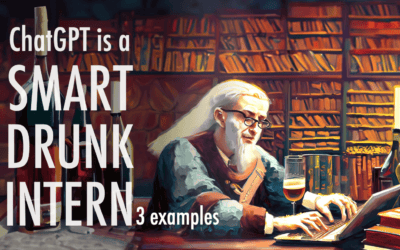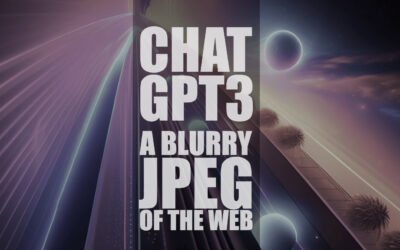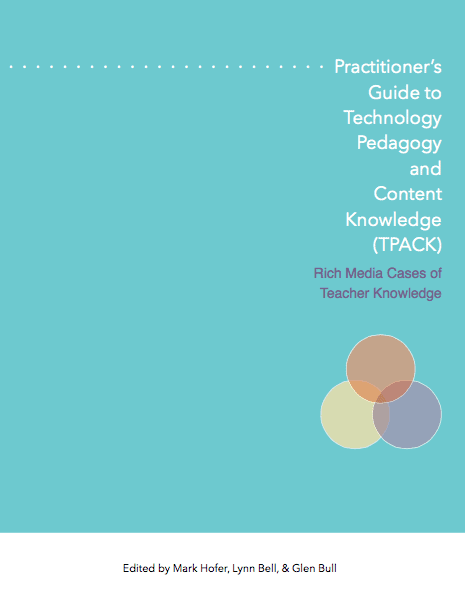There is an article in today’s Chronicle titled Matching Teaching Style to Learning Style May Not Help Students.

I have been somewhat skeptical of the learning styles literature for a while, not the least for hearing the phrase being bandied about without much thought. I have heard people claim without much evidence, that today’s kids are visual learners. I have heard a teacher say that as a consequence, that visual learners prefer reading text from a Powerpoint slide, rather than read it on a blackboard! (Those who know me that I am rarely at a loss for words, but that statement truly struck me dumb! In Wolfgang Pauli’s words, that statement was not even wrong.) I have also had students claim that they did not do well in a certain course because it did not match their learning style!
Anyway, the study reported in the article
… does not dispute the existence of learning styles. But it asserts that no one has ever proved that any particular style of instruction simultaneously helps students who have one learning style while also harming students who have a different learning style.
What does this non-finding mean for practitioners (teachers and professors)?
The article says that more important than matching learning style to teaching style may be matching teaching style with the content to be taught. Here’s a key quote:
What this means for instructors, Mr. Pashler says, is that they should not waste any time or energy trying to determine the composition of learning styles in their classrooms. (Are 50 percent of my students visual learners? Are 20 percent of them kinesthetic learners?)
Instead, teachers should worry about matching their instruction to the content they are teaching. Some concepts are best taught through hands-on work, some are best taught through lectures, and some are best taught through group discussions.

This makes so much sense to me. Understanding the deep relationship between content and pedagogy is at the heart of Shulman’s idea of pedagogical content knowledge, the forerunner of the TPACK framework.




To Mary,
You see it confusing because your reason “to be honest I haven’t got the time to investigate the learning styles of each and every student”.
But i think this post serves as a call for this to make better education for our young generation. Why don’t we try to make change to make things better?
Yes I think it’s quite confusing too. I frequently have larger classes (20+)and to be honest I haven’t got the time to investigate the learning styles of each and every student. I tend to create my learning/teaching materials to cater to a variety of sytles.
Great post! Not only your words but the pictures can say too. I do agree with you. It’s hard to go through the depth of content and pedagogy but it’s really needed
yes I agree it’s very difficult to cater to different learning styles in a class of 20+ students. I find that I try to encorporate a variety of techniques into my teaching. If a student has an identifiable learning style then that is a bonus for me.
I think some children do learn better in one way. For example, I remember learning better when there’s something to read. I don’t learn much during lectures. But I do believe more research has to done in regards to teaching style – I believe there’s more to it than what we currently know.
I teach various levels of high school chemistry and physics. My students range from learning disabled to AP students. In any given class, there is a diverse grouping of learning styles, and I subscribe to using several different strategies for any given topic. From my experience, students do have learning styles that more effective for them as individuals- some do better with written word, some with lecture format, some doing lab work, some with simulations, some with problem solving. Trying to incorporate several approaches helps most, and doesn’t seem to hurt any. However, I think using only one strategy can leave some less effectively taught than others.
As a lower elementary teacher, I would have to say that “learning styles” and “teaching styles” are what get my students and myself through the day. As a teacher, you have to be engaging for ALL students. Some students do learn differently than others, especially those Special Ed students who have a learning disability, are ADD/ADHD, or even the shy, abused, neglected child, or even the so-called “smart” child who is normally bored in the classroom. If we do not meet the needs and learning styles of ALL students, through various teaching styles, we are not creating a differentiated classroom where 25 students could learn 25 different ways, even though they are all learning the same content.
Not only a great observation, but nicely written (short and to the point!)
Very interesting. It’s refreshing to hear this new perspective. The molecular structure example in the article is the most poignant part for me. I know I am a visual learner, but there are some times where only a hands-on or “act it out” approach will help me retain information. Also interesting how the benefits of teachers simply being more conscious of different learning styles (and corresponding instructional styles) may be the key.
What about left-brain, right-brain, whole-brain and half-brain kind of learning. Anyone has any non-results on it?